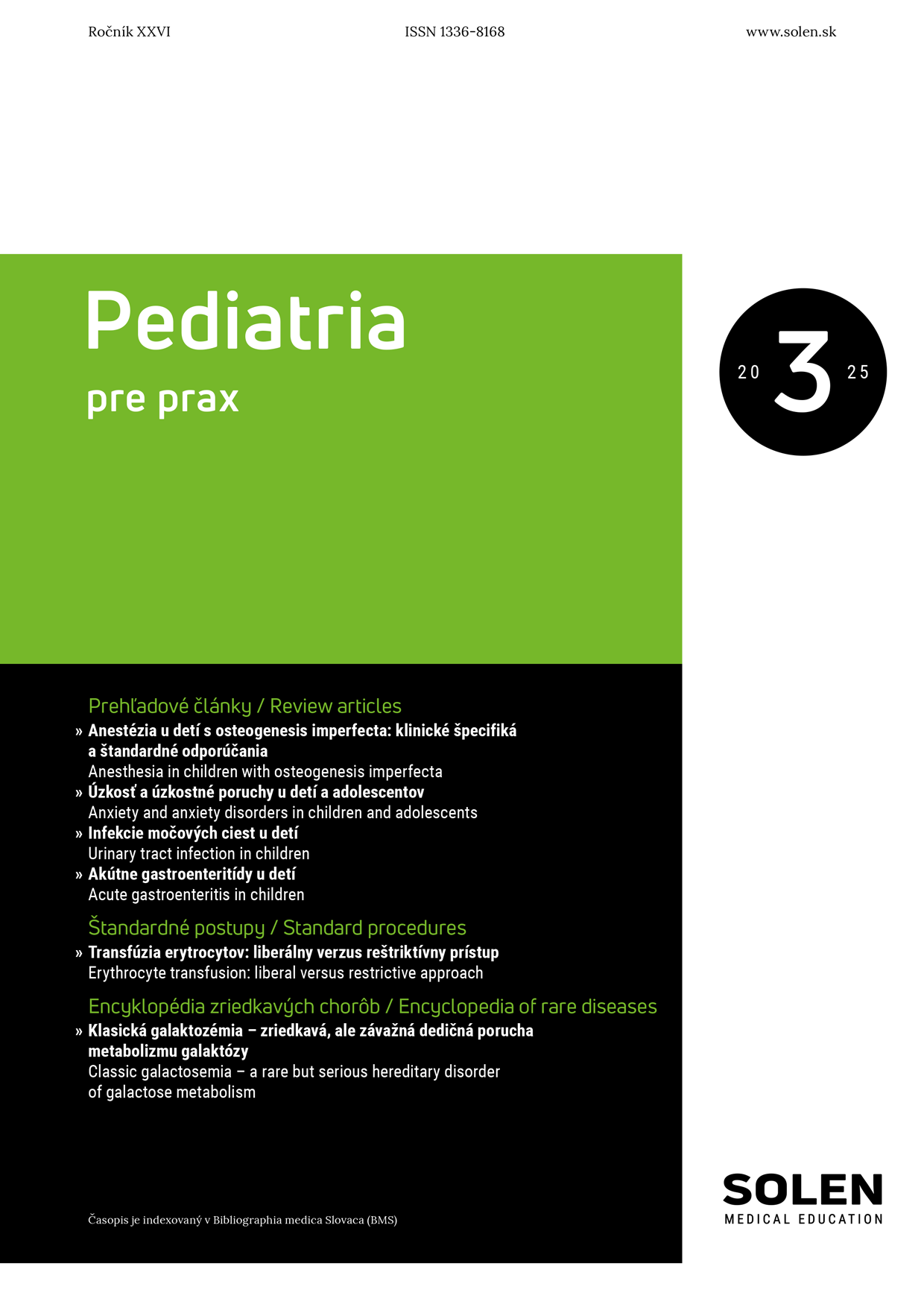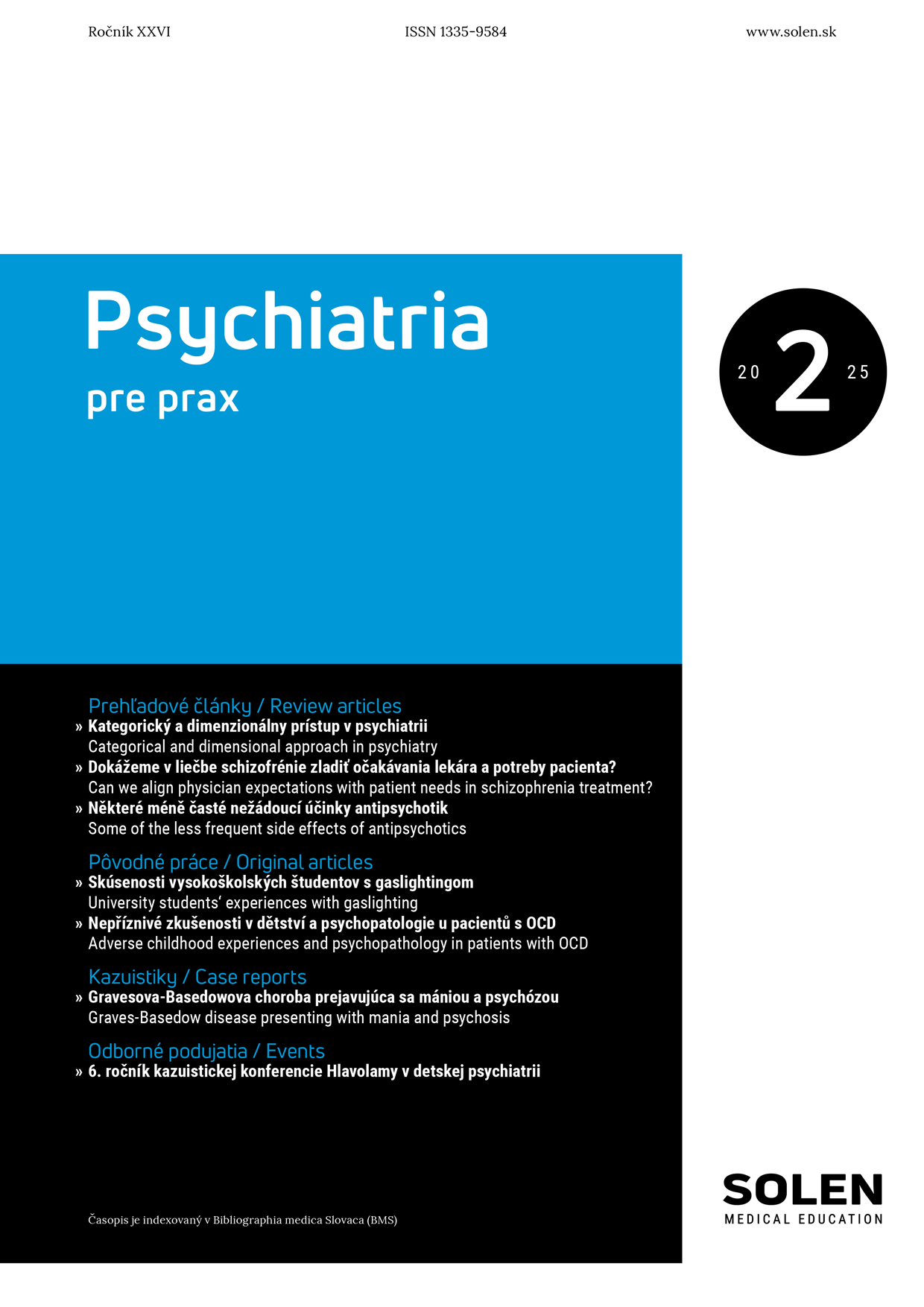Vaskulárna medicína 1/2023
Recommendation of antitrombotic prophylaxis in patients with COVID-19 issued by the Slovak society for thrombosis and hemostasis
Coronavirus Disease 2019 (COVID-19), caused by a novel coronavirus (SARS-CoV-2), is a highly contagious disease that appeared in Wuhan, Hubei province of China in December 2019. Most of the infected patients have mild symptoms including fever, fatigue, and cough. But in severe cases, patients can progress rapidly and develop the acute respiratory distress syndrome, septic shock, metabolic acidosis, and coagulopathy. Furthermore, the novel coronavirus has been associated with an increased risk of vascular thromboembolic disease. The risk is particularly high for pulmonary embolism (PE) and deep vein thrombosis in the 7 days after a positive test and risk of PE is significantly elevated up to 56 days after a positive test. Three main factors lead to venous thrombosis: endothelial damage, venous stasis, and a hypercoagulable state. The exact pathophysiological mechanisms underlying the increased risks of thrombosis in COVID-19 are not yet fully explained. Given the lack of clear guidelines and constantly emerging data, the Slovak Society for Thrombosis and Haemostasis suggested recommendations for the prevention and management of venous thromboembolic events.
Keywords: COVID-19, guidelines, thrombosis

















